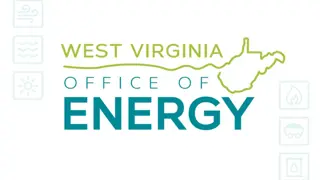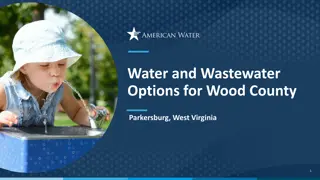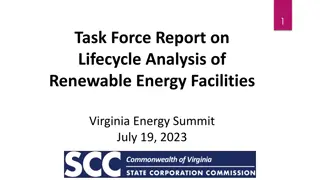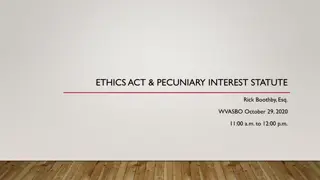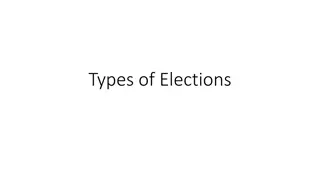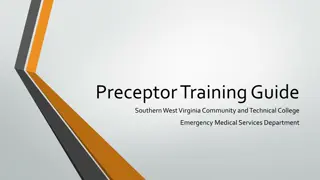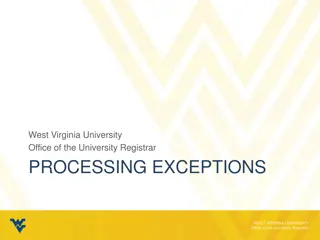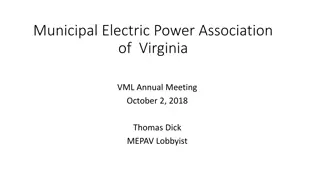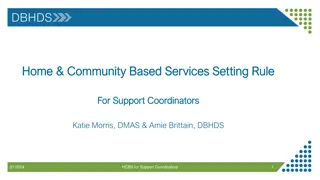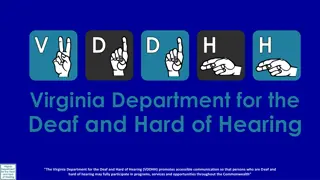Overview of 2009 IECC Energy Code in West Virginia
West Virginia updated its residential building energy code to follow the 2009 IECC, with a partnership forming to facilitate adoption. The state's climate zone requirements, notable building envelope regulations, and energy efficiency improvements post-2013 are highlighted. Stakeholders, including builders, code officials, architects, and realtors, collaborated for code education and compliance to enhance energy efficiency. Key features include duct insulation, lighting efficacy requirements, and sealing procedures. The change in ACEEE rankings indicates improved energy performance in West Virginia post-2013.
Download Presentation

Please find below an Image/Link to download the presentation.
The content on the website is provided AS IS for your information and personal use only. It may not be sold, licensed, or shared on other websites without obtaining consent from the author. Download presentation by click this link. If you encounter any issues during the download, it is possible that the publisher has removed the file from their server.
E N D
Presentation Transcript
2009 IECC Energy Code Overview
WV Building Energy Code West Virginia's residential building code is mandatory statewide; however, adoption by jurisdictions is voluntary. The 2013 West Virginia Legislature passed and Governor Earl Tomblin signed into law a bill updating the state s building energy code to follow the 2009 IECC for residential buildings. The West Virginia Fire Commission, which promulgates the state s building energy code, set the effective date for the new residential code to become effective November 30, 2013.
WV Building Energy Code Stakeholder Advisory Group: An informal partnership of stakeholders in W.Va. s built community worked together to effect the adoption of the 2009 IECC, evidenced by a slightly later effective date for the code. Parties agreed to a later implementation date so that the WV Division of Energy could provide training on the new code to as many home builders as possible. This partnership was formalized at the Next Steps meeting on May 16, 2013, at the offices of the WV Division of Energy. Representatives from the home builders, code officials, architects and, importantly, realtors met to determine the next steps for continuing education, including CE credits for each industry, on the codes. Appraisers have since joined the effort.
Prior to 11/30/2013 ACEEE 's 2012 State Scorecard Ranking for WV: 49 Post 11/30/2013 ACEEE 's 2012 State Scorecard Ranking for WV: 46
WV Climate Zones Climate Zone 4 Values Ceiling R-value Wood Frame Wall R-value Mass Wall R-value Floor R-value Basement Wall R-value Slab R-value, Depth Crawlspace Wall R-value Fenestration U-Factor Skylight U-Factor Glazed fenestration SHGC 38 13 5/10 19 10/13 10, 2 ft 10/13 0.35 0.60 NR 4 5 4
Notable Requirements in the 2009 IECC Building envelope must be caulked and sealed Slab-on-grade insulation is R-10 to a depth of 2 feet Supply ducts in attic must be insulated to R-8. Return ducts in attics and all ducts in crawl spaces, unheated basements, garages and otherwise outside building envelope must be insulated to R-6. All ducts must be sealed and either: Verified by pressure testing the duct system must be tested and the air leakage out of the ducts must be kept to an acceptable maximum level. 6CFM/100 SF. Installed entirely with the building thermal envelope - testing is not required if all ducts are inside the building thermal envelope (for example, in heated basements) , though the ducts still have to be sealed. 50% of the lighting in a building must be high-efficacy. CFLs qualify, standard incandescent bulbs do not.
Cost Savings Relative to 2006 IECC Life Cycle Cost Savings ($) Simple Payback (years) 2009 IECC $ 1,996 5 $ 7,301 4.9 2012 IECC Life cycle cost is the primary measure by which DOE assesses the cost- effectiveness of the IECC. These savings assume that initial costs are mortgaged, that homeowners take advantage of the mortgage interest deductions and that long-lived efficiency measures retain a residual value after the 30 year analysis period.
DIAGNOSTIC EQUIPMENT
Diagnostic Equipment Blower Door The Blower Door is a practical and effective way to test parts of the home s air barrier to locate air leaks. The fan pressurizes/depressurizes the home to a standard pressure. Gauges then measure air leakage. Desired leakage is 4-5 ACH (Air Changes per Hour).
Diagnostic Equipment Duct Leakage Test Duct leakage testers are actually small blower doors connected to the duct system of a home. They measure the severity of duct leakage and help to locate leaks. The average home has approx. 20-40% duct leakage. Desired leakage is 4% of SF of house.
Diagnostic Equipment Infrared Camera Many energy auditors are now using infrared cameras to pinpoint air leakage areas in a home. IR cameras are not x-ray machines. They measure temperature differences. Many are sensitive enough to detect within .5 F or even less.
Thermal Images Missing insulation Lacking insulation
Thermal Images Air Leakage through Receptacle Air Leakage through Can Light
Thermal Images Air Leakage through Bath Exhaust Fan with Dysfunctioning Damper Air Leakage through Top Plate
Thermal Images Air Leakage through Light Fixture Air Leakage through Attic Access Door



